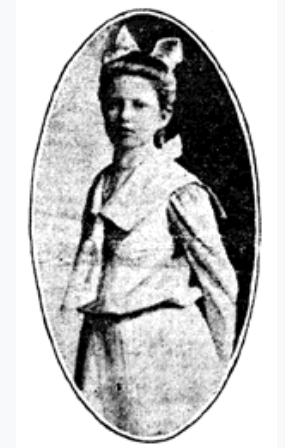She can be linked to other contemporary women architects such as:
-Louise Blanchard Bethune (the first American professional architect and one of the first to use a steel-framed concrete structure).
-Katharine Cotheal Budd (a pioneering and renowned American architect. In a career spanning over 40 years, she designed houses, mansions, cottages, community buildings, schools and hotels, for which she designed not only the exterior but also the interior and even the furnishings).
-Annie Rockfellow (her buildings were based on and inspired by regional styles including the Pueblo Revival and Spanish Mission Revival).
-Josephine Wright Chapman (an American architect with a reputation in Boston and New York. She also set up her own practice in Boston in 1897 as part of a cooperative of women artists called Grundman Studios).
-Theodate Pope Riddle (a renowned self-taught American architect of the 19th century).
-Emily Williams (one of the first female architects in San Jose, California. She was active in Pacific Grove San Francisco and San Jose).
-Mary Colter (an American architect who designed for the Fred Harvey firm in the early 20th century. Her work combines elements linked to both neo-colonial and American architecture.)
-Fay Kellogg (architect, suffragette and women's rights advocate).
-Ethel and Bessie Charles were the first women to become associate members of the Royal Institute of British Architects (RIBA).
